Ruaha National Park
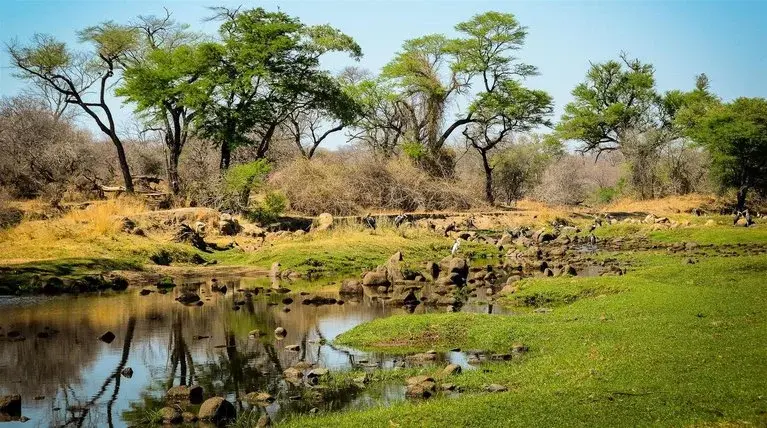
About
Ruaha National Park, located in southern Tanzania, is the country’s second-largest national park and one of the largest in Africa. Situated south of Tanzania’s central midpoint, it is home to a diverse range of wildlife, including elephants, lions, giraffes, zebras, and hippos. The park is most popular between June and October, during the dry season, when wildlife viewing is at its best. The park’s attractions include golden savannahs dotted with baobab trees, misty hills, and lush green grasslands during the rainy season. In 2008, the Usangu Game Reserve merged with Ruaha, expanding the park to over 20,000 km². Despite its size, the park remains relatively remote, with only a few lodges, contributing to its reputation as Tanzania’s hidden gem for wildlife enthusiasts. Its untouched, wild atmosphere makes it a favorite among seasoned safari-goers.
Wildlife
Ruaha National Park is home to an incredible diversity of wildlife, making it one of Tanzania’s premier safari destinations. The park is known for its large populations of elephants, with over 10,000 individuals residing here, one of the largest concentrations in East Africa. It also hosts an impressive number of predators, including around 1,000 lions, as well as cheetahs, leopards, and wild dogs. Herbivores are abundant, with populations of giraffes, zebras, and wildebeest. In total, over 570 bird species have been recorded in the park, making it a birdwatcher’s paradise. Ruaha is also known for its large populations of buffalo and kudu, and it is a significant sanctuary for the endangered African wild dog. The park's diverse ecosystems, ranging from savannahs to woodlands and wetlands, support this vast array of wildlife, creating exceptional game viewing opportunities throughout the year.
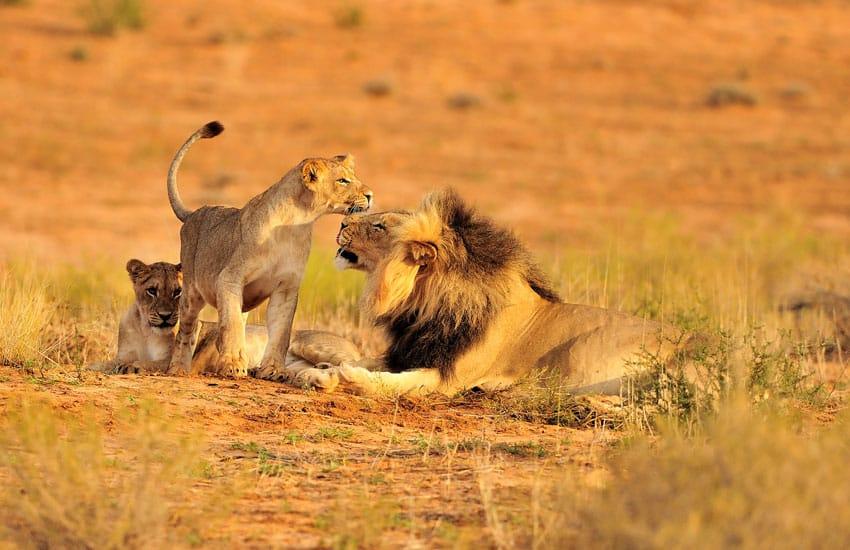
Mikumi Highlights
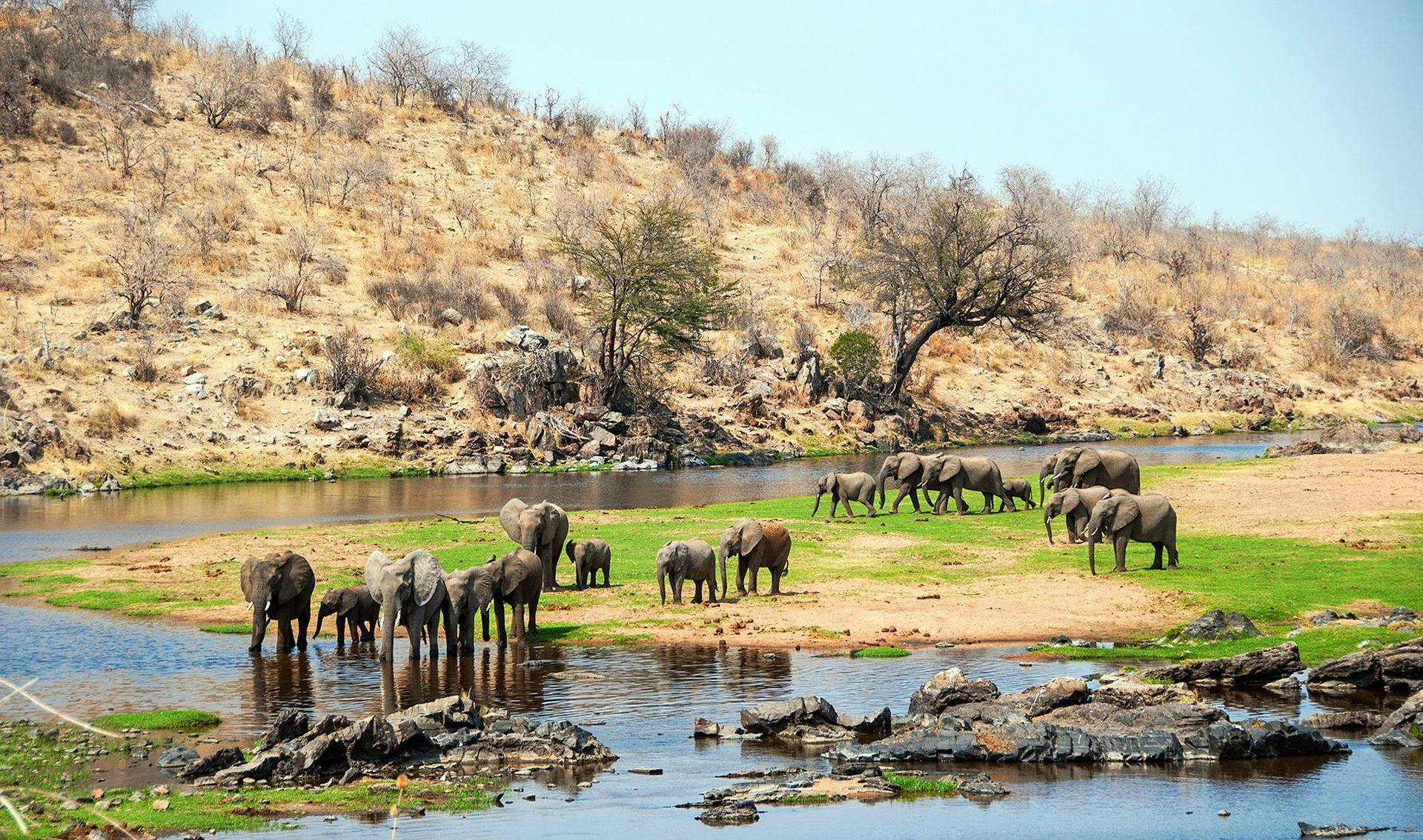
Great Ruaha River
The Ruaha river flows through the park and provides a critical water source for its wildlife. The river’s rocky banks and natural pools offer picturesque views, particularly during the dry season when animals gather around its waters.
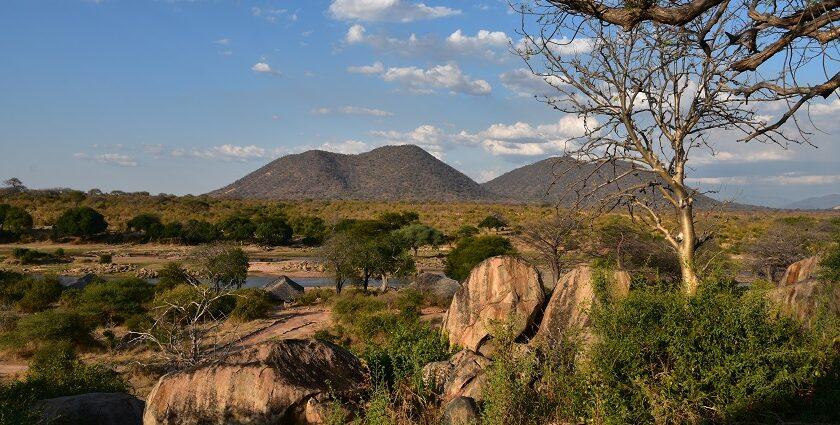
Ruaha's misty hills
These stretch across the park’s horizon, offering stunning panoramic views, particularly at sunrise and sunset, adding to the park’s untouched and wild atmosphere.
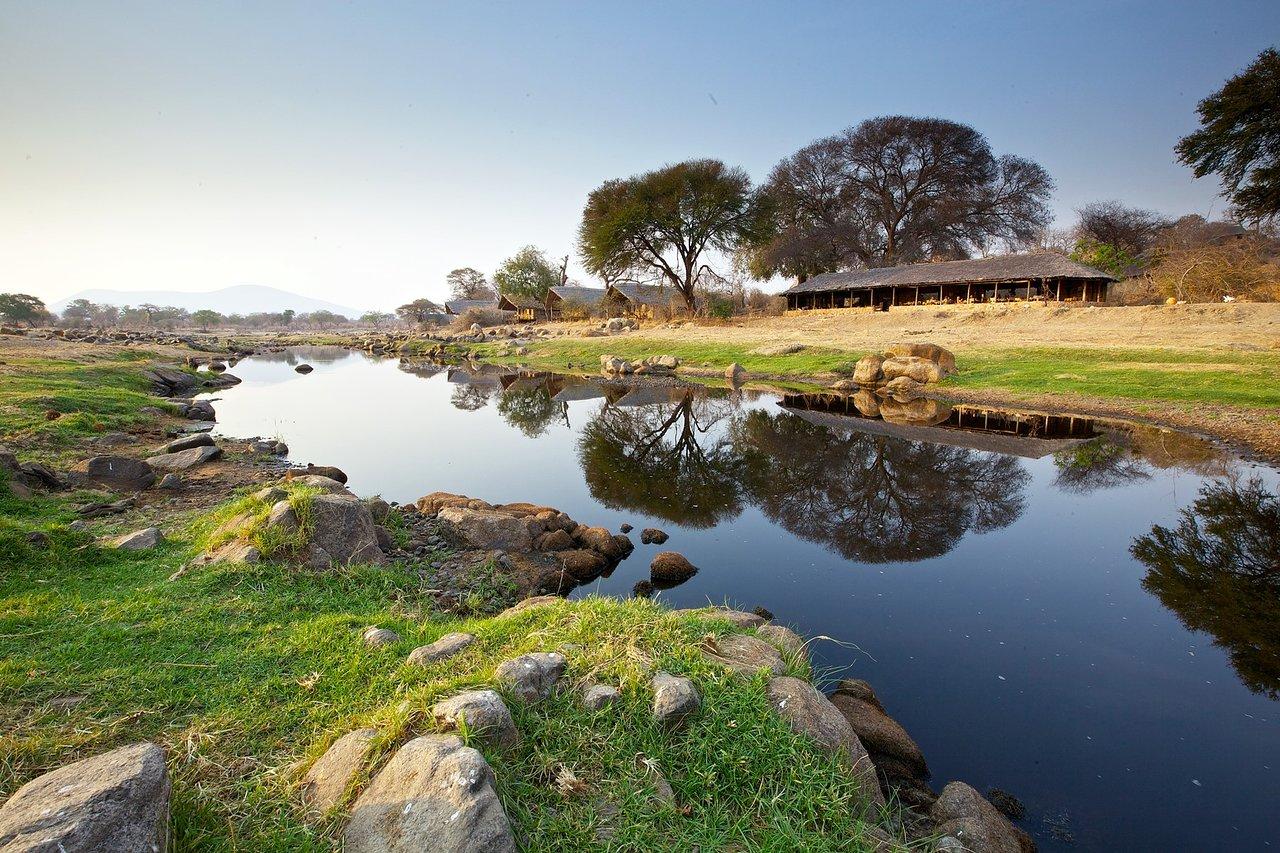
Mwagusi Riverbed
Even though it is dry for much of the year, Mwagusi riverbed becomes a focal point for wildlife during the dry months. The riverbed often becomes home to waterholes, attracting a wide variety of animals.

Baobab trees
The park is also famous for its iconic baobab trees, which dot the savannahs, especially in the dry season when the golden landscape is framed by their massive, twisting trunks. These ancient trees add a unique touch to the scenery.
Walking Safaris
Guided walking safaris are available. Accompanied by an expert ranger, visitors can explore the park on foot, learning about the ecosystem, animal tracks, and the flora and fauna of the area.
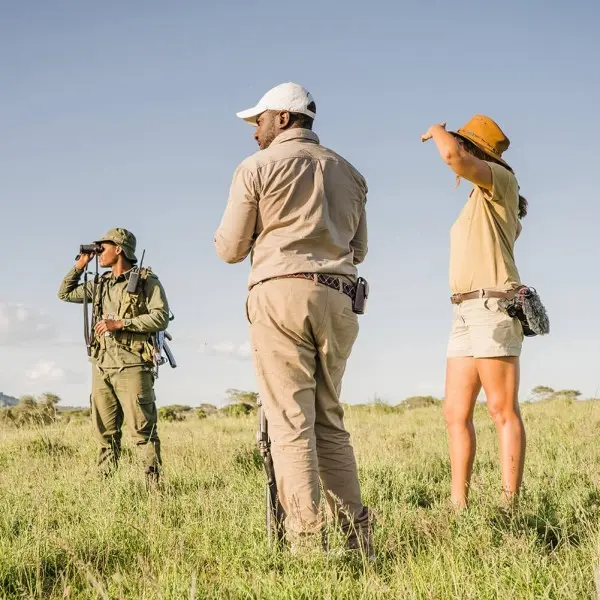
Experience The Adventures
Activities
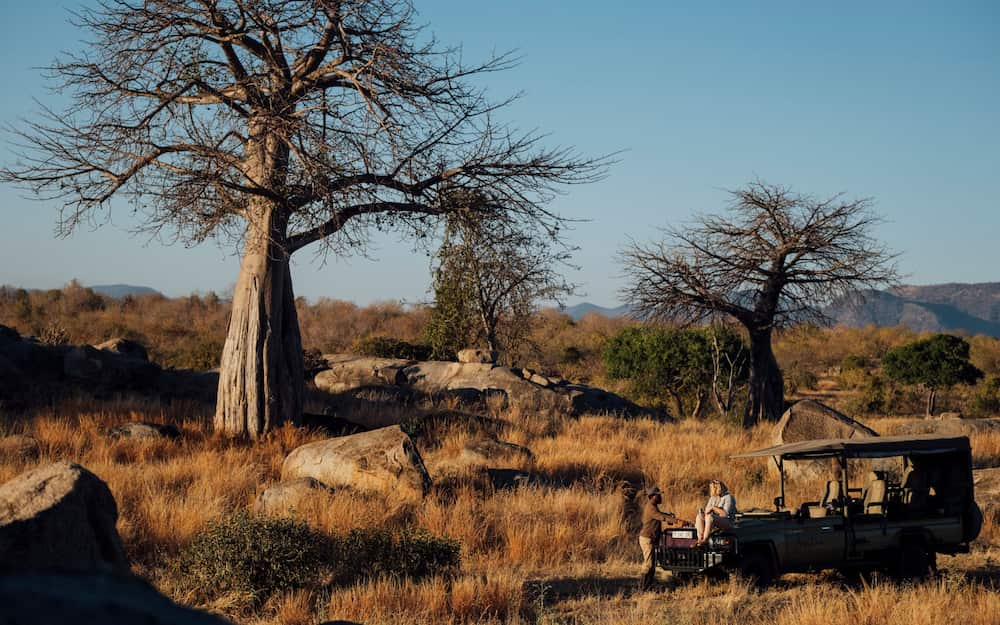
Game Drives
Heading out during the cooler hours, when wildlife is most active, you'll embark on your adventure in a specially designed safari vehicle, accompanied by an expert guide on the lookout for Africa's big game. For those looking to dive deeper, full-day safari options are also available.
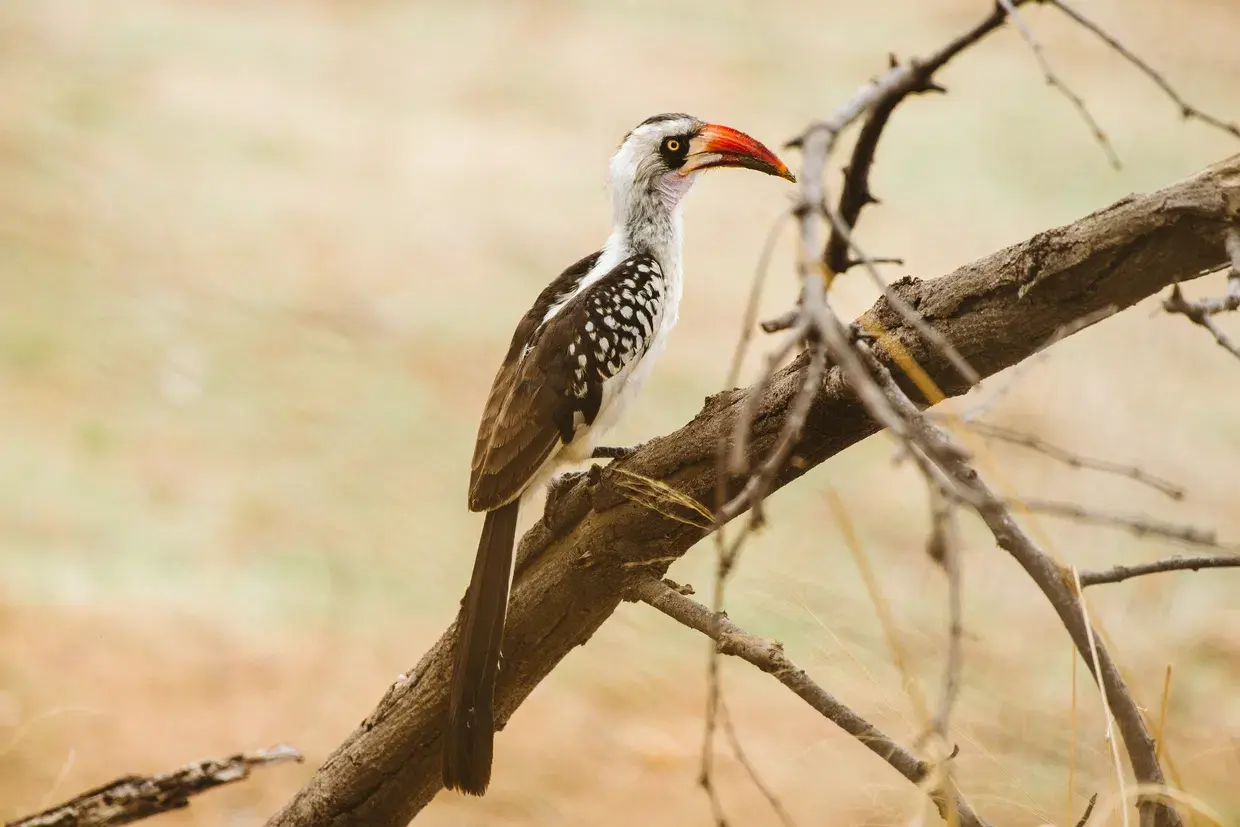
Bird Watching
Embark on an exhilarating bird watching expirience, Expect a variety of birds, from raptors and vultures to vibrant kingfishers and hornbills, particularly during the migration seasons.
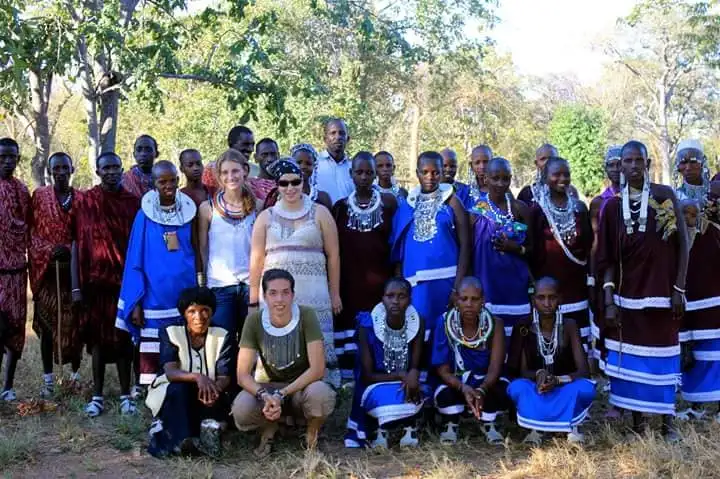
Cultural Visits
Experience the local culture by visiting nearby communities, to learn about their traditions, customs, and way of life. These visits offer a unique cultural insight alongside the wildlife experience.
Visiting Timelines
Discover the best times to Visit Lake Manyara.

Dry Season
The sparse vegetation at this time assists with game viewing, and it is considered the best time to visit. Dry season runs from June to October.

'"High Season"
The peak tourist season at Ruaha stretches from July to March, with the park becoming busier as the day progresses, especially during the afternoon hours.
The Wet Season
From a scenic viewpoint, the park is at its most vibrant and lush between November and May, when the rains transform the landscape into a rich, green paradise.
